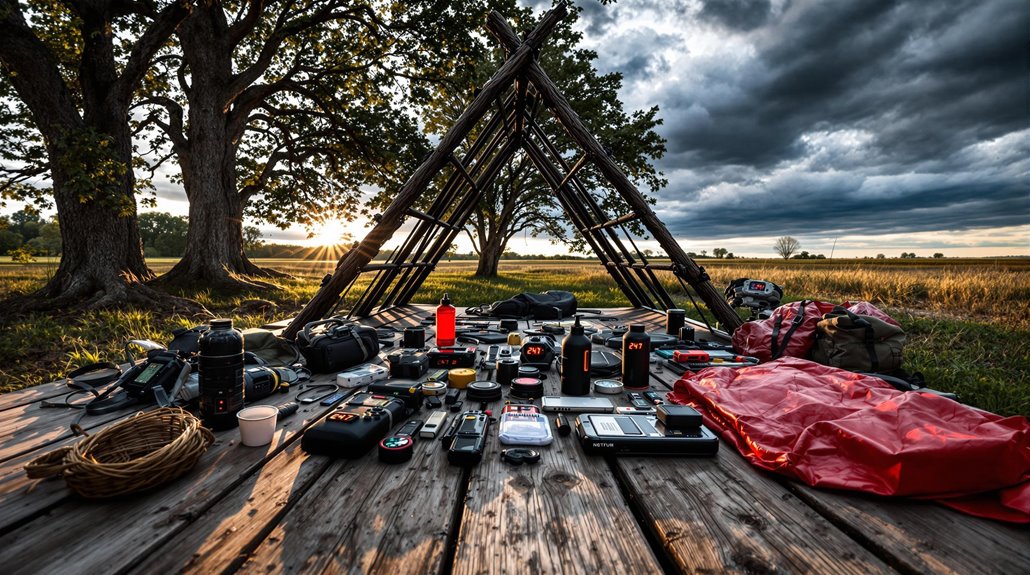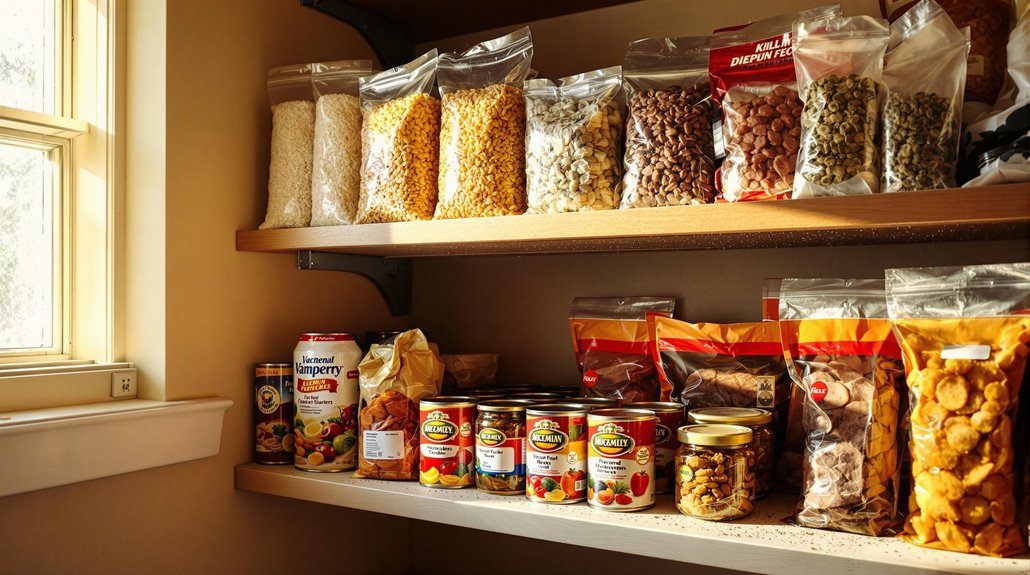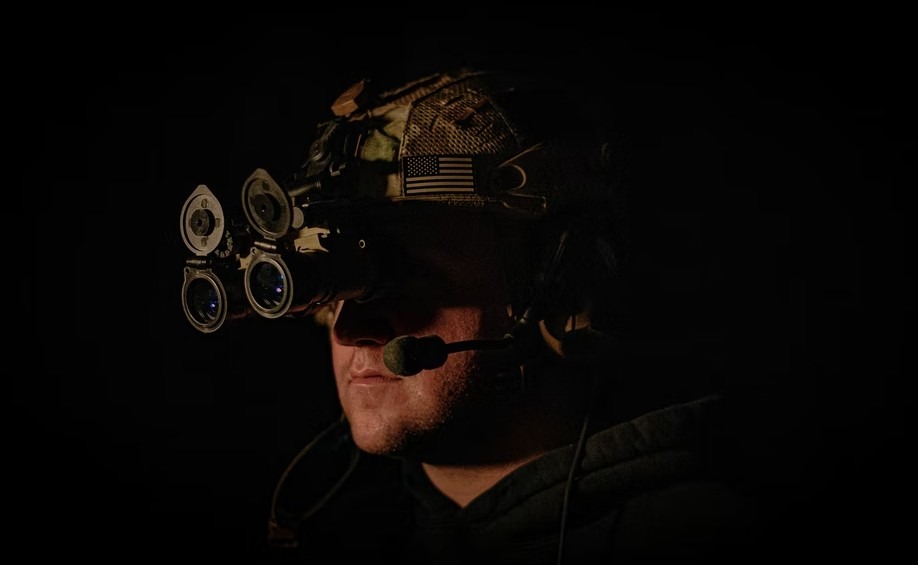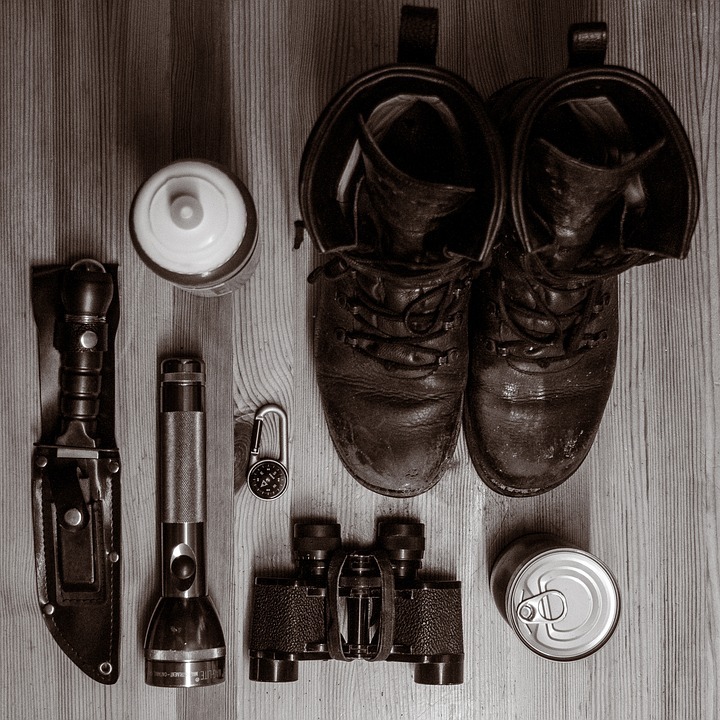What Is the Prepping Rule of 3?

The Rule of 3 helps you prioritize survival needs based on critical timeframes: you can survive 3 minutes without air, 3 hours without shelter, 3 days without water, and 3 weeks without food. This rule guides your prepping strategy by focusing on the most urgent needs first.
You'll need to secure breathable air, establish shelter from harsh elements, find clean water sources, and maintain food supplies. Understanding these time-based priorities can strengthen your emergency preparedness plan.
Understanding the Core Elements of the Rule of 3
Nearly every survival expert adopts the Rule of 3 as a fundamental principle for staying alive in emergency situations. This basic survival guideline helps you prioritize your needs in pivotal survival scenarios.
The survival rule of three breaks down your essential needs by time: you can't last more than three minutes without air or in freezing water, three hours without shelter in a harsh environment, three days without water, and three weeks without food. Understanding these timeframes is critical because they show you exactly where to focus your energy when you're in a survival situation.
While these aren't absolute limits, they serve as practical guidelines to help you make smart decisions. In any emergency, you'll want to secure air first, then shelter, followed by water, and finally food. During extreme weather conditions, finding or creating emergency shelter materials from your surroundings can mean the difference between life and death.
Air and Oxygen: The Three-Minute Window
The three-minute window for oxygen represents your most important survival threshold. Without breathable air, you'll experience brain damage and death after just three minutes. That's why checking for breathing and maintaining a positive airway is essential in any emergency.
To understand the urgency of air and oxygen, consider these critical points:
- Your body can only handle holding your breath for about three minutes before permanent damage occurs
- Smoke, chemicals, and choking hazards can cut your survival time to mere minutes or even three seconds
- Cold conditions, like minutes in icy water, can accelerate oxygen deprivation
Always prioritize respiratory protection by keeping emergency masks and respirators readily available. When helping others in distress, remember to first guarantee they have an open airway - it's the difference between life and death in those pivotal first moments. Having basic first aid knowledge can help you assess the severity of a breathing emergency and determine if immediate paramedic intervention is required.
Shelter and Protection: The Three-Hour Challenge

Once you've secured breathable Air, your next survival priority becomes shelter and protection. The Rule of Threes states you can survive only three hours without shelter in harsh conditions, making this your second most critical need after oxygen.
As a person facing extreme environments, you'll need to act quickly to establish proper shelter that shields you from wind, rain, and ground temperature loss. Heat retention is pivotal - whether through an improvised structure or emergency gear you've packed. A well-built shelter coupled with fire not only protects your body but helps keep your mind focused and morale high.
Don't wait until you're in danger to prepare. Learn shelter-building techniques and pack essential gear now, as survival without these skills and tools can become impossible in challenging environments. Joining wilderness organizations can provide invaluable hands-on training for mastering shelter construction in various environments.
Water and Hydration: The Three-Day Limit
Following your ability to breathe and stay sheltered, water becomes your next critical survival priority. Your body, being 60-78% water, can't function long without it. While a person can survive up to three days without water, you'll want to secure a source of water well before reaching that limit.
To maximize your chances of survival when water is scarce:
- Keep water purification tablets handy - drinking contaminated water can be deadlier than dehydration
- Minimize activity to reduce water loss through perspiration, especially in room temperature or warmer conditions
- Learn multiple ways to purify water before you need them, as finding water isn't enough - it must be safe to drink
During emergencies like power grid failures and natural disasters, having a comprehensive water storage plan can mean the difference between survival and catastrophe.
Food and Sustenance: The Three-Week Threshold

Most people react with surprise when learning they can survive up to three weeks without food. While your body can make it through this extended period, you'll experience significant physical and mental challenges as your body weight drops and energy levels decline.
In survival situations, it's indispensable to stay calm and prioritize your survival tasks effectively. Your body will first burn through fat reserves before breaking down muscle tissue, which gradually impairs your ability to function. That's why maintaining access to clean food and water is essential for any survival kit.
Even though you can technically last three weeks without food, don't wait until you're desperate. Focus on finding edible plants or small game when possible. Remember, dehydration will severely impact your survival chances, so always prioritize water over food.
Building Your Survival Strategy Around the Rule
Understanding how to prioritize survival needs can mean the difference between life and death. The Rule of 3 helps you build a focused survival strategy by addressing your needs in order of urgency: air, shelter, water, and food. When creating your survival plan, consider how environmental factors can impact each element.
- Secure access to clean air and identify potential threats like smoke, gas leaks, or flooding that could compromise breathing
- Plan multiple shelter options to protect against harsh environments, including both permanent and temporary solutions
- Establish reliable water sources and food stockpiles, remembering that water takes priority over food in survival situations
Common Misconceptions About Survival Timeframes

One major misconception about survival timeframes is treating the Rule of 3 as an exact science. In reality, your body needs and survival time depends on the individual and environmental conditions. The 3-hour guideline to need shelter can vary drastically in extreme heat or cold weather, while the 3-day water survival estimate might extend beyond two weeks in some cases.
Think of the Rule of 3 as a rule of thumb to help you make quick decisions and assess the situation. It's a structure to help keep your priorities straight when you're in danger - whether to first signal for help, find water, or create shelter. Remember that these timeframes aren't fixed: people have survived without food for months, while others have succumbed to harsh conditions in less than three hours.
Adapting the Rule of 3 to Different Environments
Every environment presents unique challenges that require adapting the Rule of 3 to local conditions. To prioritize your survival in different settings, you'll need to adjust these survival rules based on specific threats and resources. In emergency situations, understanding how your environment affects body temperature and hydration is extremely important.
Consider these critical adaptations for wilderness survival:
- Desert regions require more frequent water intake to prevent heat stroke, making "3 days survival without water" potentially deadly
- High-altitude locations demand immediate action for oxygen management, as you can't rely on the standard "3 minutes without air" rule
- Arctic environments shift focus to shelter as your top priority, since exposure to extreme cold during natural disasters can be fatal within hours




